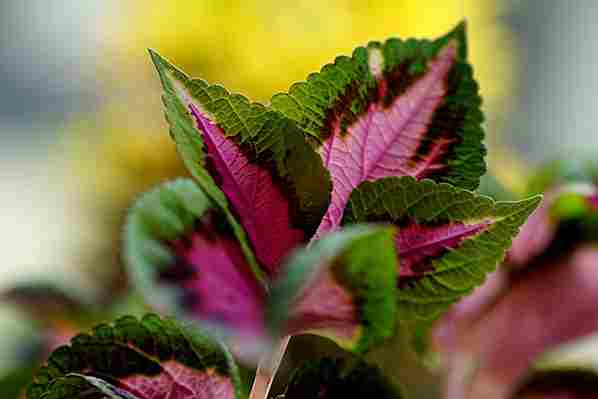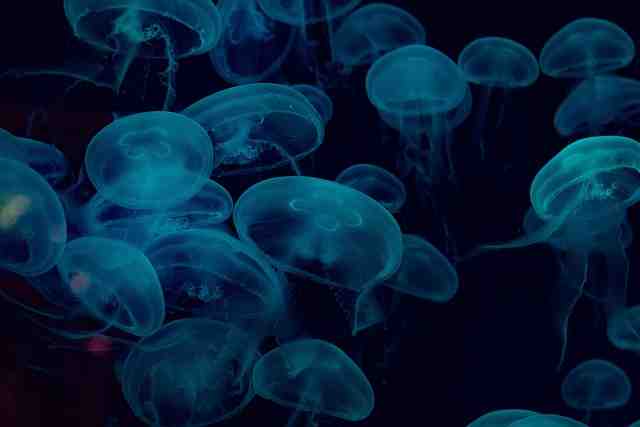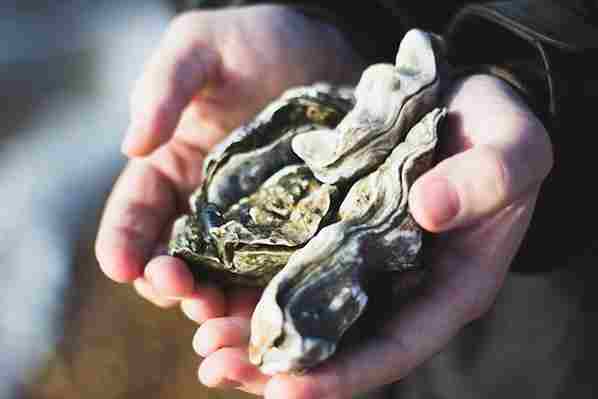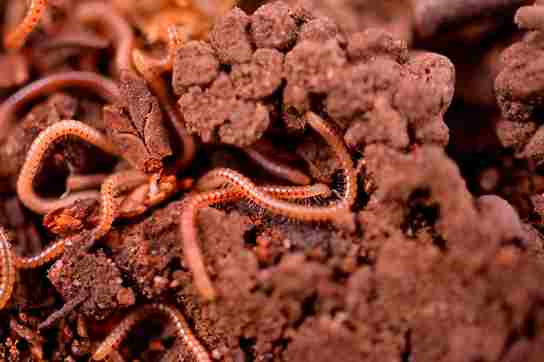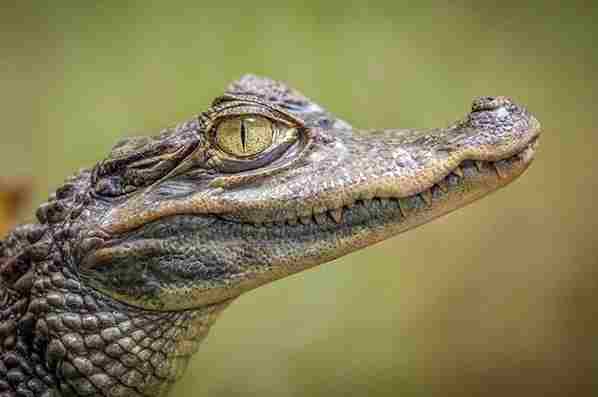Do Deer Eat Crocosmia? How To Stop Them!
When you want to add a burst of color to your yard, especially during the summer months, nothing beats red and orange. And as far as flowers are concerned, nothing beats the bold display of crocosmia.
However, as soon as you begin to experience the flamboyance of the plant, you may become worried about its safety, especially in an area with a deer population. If you’re like most people, you may be wondering if deer can munch on the flowers despite its bitter taste.
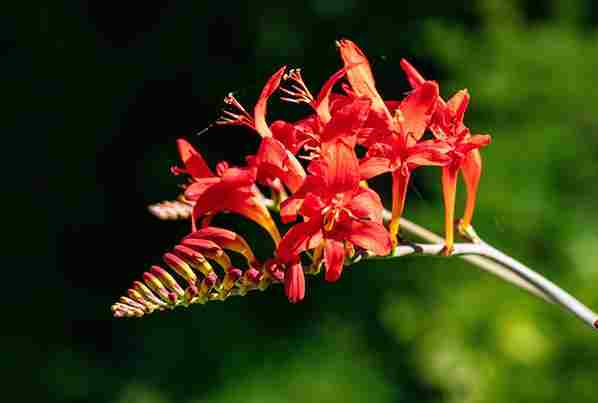
Do Deer Eat Crocosmia?
Yes, deer do eat crocosmia, especially the blooms. This typically occurs when there’s a food shortage, and crocosmia is available. You can take care of this by building a fence around the plant or using a good deer repellent.
Do Deer Like Crocosmia?
Crocosmia isn’t an absolute favorite for deer, so they don’t find it particularly appetizing due to its taste. However, if crocosmia happens to be one of the few options available during certain times of the year, deer might be more likely to sample it, even if it’s not their preferred choice.
Deer generally have a diverse diet, which can vary depending on the species and local conditions.
Is Crocosmia Deer Resistant?
Crocosmia is considered deer-resistant, and much of this has to do with its bitter taste. This, combined with the fiery flowers on arching spikes as well as the long green foliage, make it somewhat unpalatable.
As a result, deer typically leave crocosmia alone and will rather browse other plants. Having said that, no plant is completely safe from deer, including crocosmia. It is not uncommon for deer to come after the plant, especially during those times of the year when other preferable food options are scarce.
How to Protect Crocosmia from Deer?
While Crocosmia is less likely to be damaged by deer, it’s important you keep an eye on the plant and implement deterrents to keep deer away.
Use Repellent Sprays
For most garden owners who have to deal with critters or pests in their gardens, I usually recommend spraying the area or plant with a repellent. Deer repellents have a smell or taste that is offensive to deer and thus keep them away from your crocosmia.
If you’re looking for ideas, I highly recommend the BOBBEX DEER REPELLENT.
Not only does it work for deer, it’s also effective against elk and moose. It contains only natural ingredients, which should come as a relief if you care about the environment. It comes in liquid and is easy to apply to foliage. And don’t worry, it doesn’t harm wildlife and pets.
Set Up Ultrasound
Besides their strong sense of smell, deer have very strong hearing ability, which allows them to detect sound from an ultrasound device. As a result, you would normally find them in very quiet locations, as this increases their chances of not being seen. They would normally avoid noisy places.
This means that setting up ultrasound in your garden can keep them away because when they hear the sound coming from the device, they would normally avoid the area.
The good thing about using ultrasound is that it’s below the range of human hearing, but it can be heard by some animals. So it won’t be a disturbance to your neighbors or anyone around.
For the best deer ultrasound device, I highly recommend ANIMAL REPELLER ULTRASONIC. The device works by spreading ultrasound whenever it detects some movement in the yard or where you set up. It is equipped with flashlights and a motion sensor. Besides deer, it also scares off rodents.
Use Fencing
Another way to protect your crocosmia plant from possible deer invasion is to use a deer fence. You can build a traditional fence around the garden, or you can use protective netting. I recommend the latter because it is easier to set up and allows the plants to breathe.
Choose a deer netting that is at least 7 feet tall, as most deer can jump very high. A good example is the DALEN DEER X PROTECTIVE NETTING. It is made up of high-quality, heavy-duty polypropylene mesh, which is eco-friendly. Also, deer don’t like the feel of plastic.
Is Crocosmia Drought Tolerant?
Aside from concerns about deer, you may be concerned about your crocosmia’s ability to withstand varying environmental conditions.
Crocosmia is generally considered to be drought-tolerant once it’s fully developed. This is because it stores water and nutrients in the corms, which ensures it survives in periods of dryness.
However, optimal growth and flowering can be achieved with consistent watering, especially during the growing season.
Will Crocosmia Grow Back After Getting Eaten by Deer?
Though crocosmia has a resilient nature, its ability to grow back after getting eaten by deer depends on the extent of damage.
If deer do manage to nibble on the foliage or flowers, the plant’s corms are likely to remain intact beneath the soil. Given favorable growing conditions, the plant can regrow and produce new shoots and blooms in subsequent seasons.
However, if deer eat and completely uproot the plant, then it will likely not grow back again.
